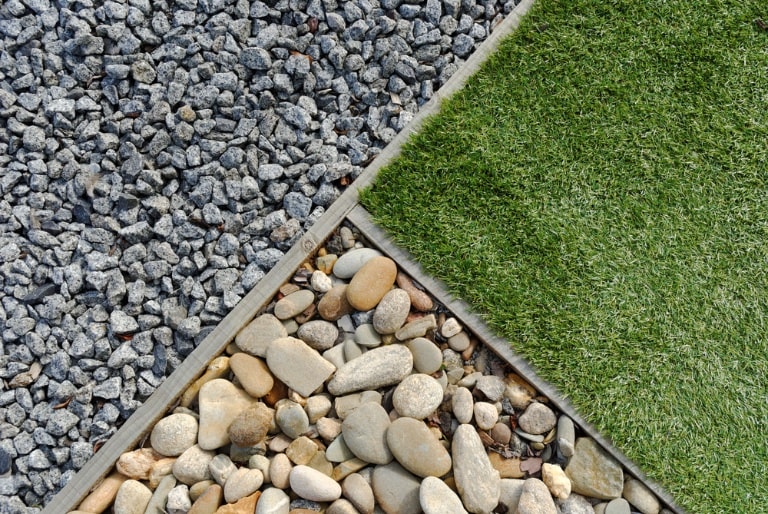Choosing materials suitable for an external project is one of the most important ideas that must be one; Knowledge of their costs is also important. A reliable landscaping material company can be a great tool for homeowners and contractors to determine the best option and prices.
Still, what precisely affects the price of gardening supplies? Your budget can be shaped in part by many elements, including seasonal demand as well as raw material choices.
Type and Quality of Material
The cost will be greatly influenced by the kind of material you use. Because of its durability, look, and source, natural stone, for example, usually costs more than concrete. Within any category—gravel, mulch, pavers, or soil—there are also several grades and attributes.
Organic soil high in nutrients will cost more than ordinary fill dirt; premium, dyed mulch costs more than simple wood chips. Although they are more expensive initially, high-quality materials look and last better.
Quantity and Volume
Although only up to a degree, bulk pricing can help you. Especially for mulch, gravel, and dirt, ordering more of a landscaping component frequently lowers the per-unit cost. On a modest job, though, surplus materials could go to waste.
Knowing your needs will help you prevent overordering and financial waste. Certain materials, such as ornamental boulders or stones, are also more expensive individually than by volume, which will rapidly increase your total expenses.
Location and Sourcing
Your materials’ source can also affect their cost. Local sourcing of them usually results in lower pricing because of lower travel expenses. You might pay much more, though, if a certain sort of stone or specialty mulch needs to be transported from another area or state.
Many times offering both local and foreign choices, a landscaping material firm will be worth looking at to find the ideal mix of cost and visual appeal.
Delivery and Labor
Remember the expenses of transporting goods to your job site. While some vendors charge additional fees depending on weight or distance, others include delivery in their pricing.
Labour also counts, particularly for heavy materials like pavers or retaining wall blocks that call for expert installation. Even equally distributing mulch or gravel across a wide area might be physically demanding, which raises the total project expenses.
Seasonal Demand and Availability
The time of year can surprisingly affect your payment amount. Peak landscaping season, spring and early summer, may cause material prices to increase due to strong demand.
Should some resources become limited, delays and shortages might potentially drive up prices. Buying during the off-season and ahead will help you lock in better rates and prevent seasonal markups.
Environmental and Sustainable Options
Though more and more common, environmentally friendly materials can occasionally be more costly. Often, more premium than conventional choices are recycled rubber mulch or ethically grown wood mulch.
Still, many homeowners are ready to make these investments as they would help the environment in the long run. Inquiring about green options and their price variances from a landscaping material supplier is always worthwhile.
Conclusion
All things considered, a number of important elements influence the cost of landscaping supplies, from the type and amount to the supplier and timing.
A reputable landscaping material company can walk you through the alternatives and assist you in making wise decisions in line with your budget and goals. Knowing these cost factors helps you to properly prepare and prevent project surprises.

